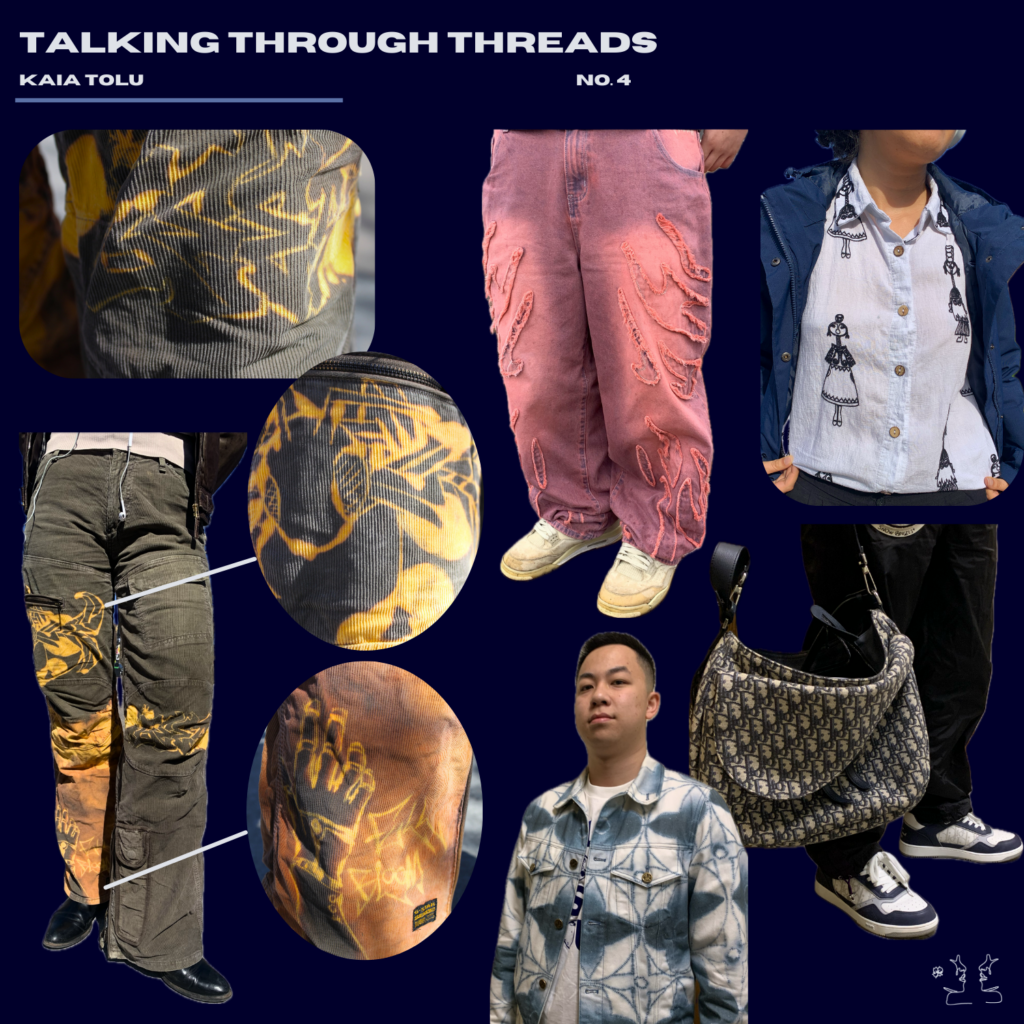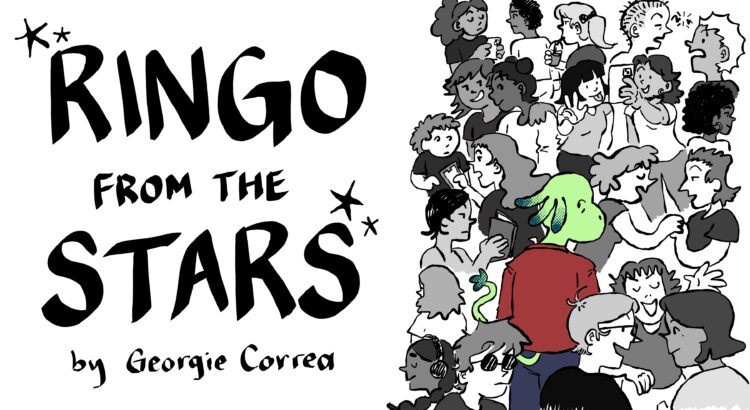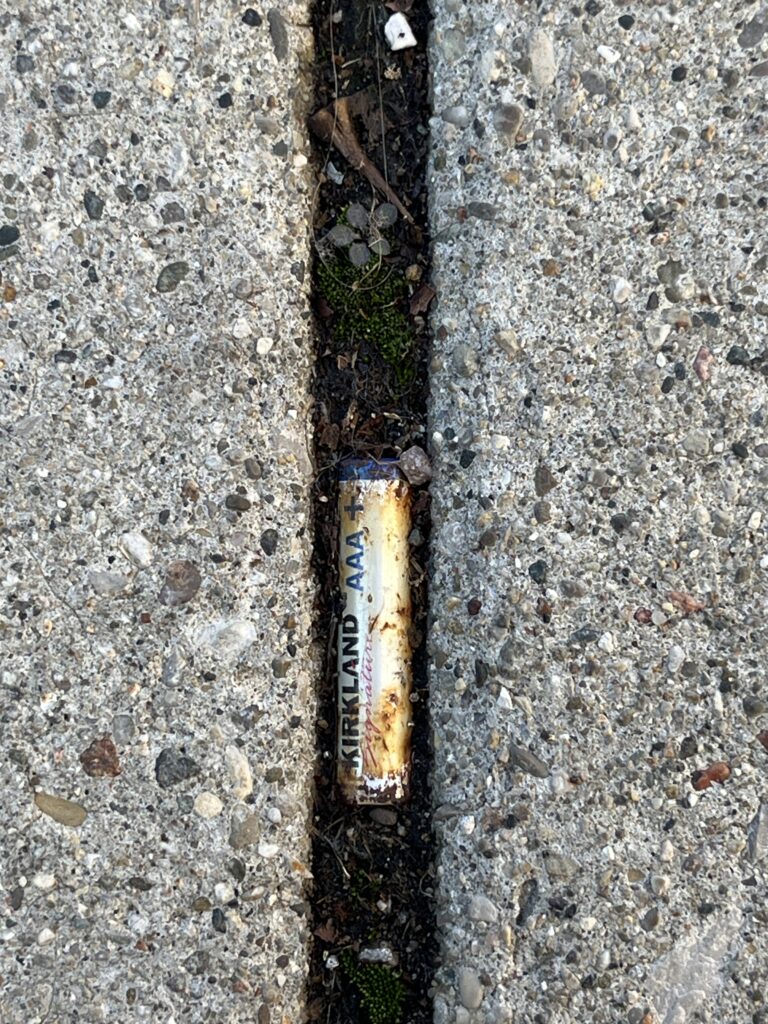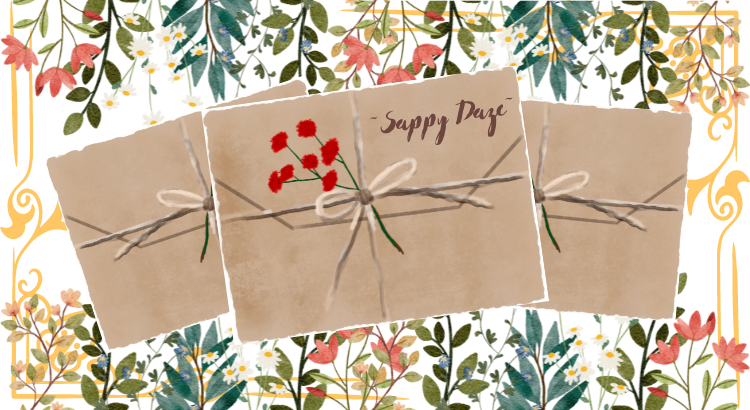
Walking through the streets / What I spotted was all bleach / Just art, style, and dye
Note: The cargo pants with the yellow bleach designs are from the brand: Requiem Tears
Be sure to support! The designer is passionate about his designs and the story they tell.












